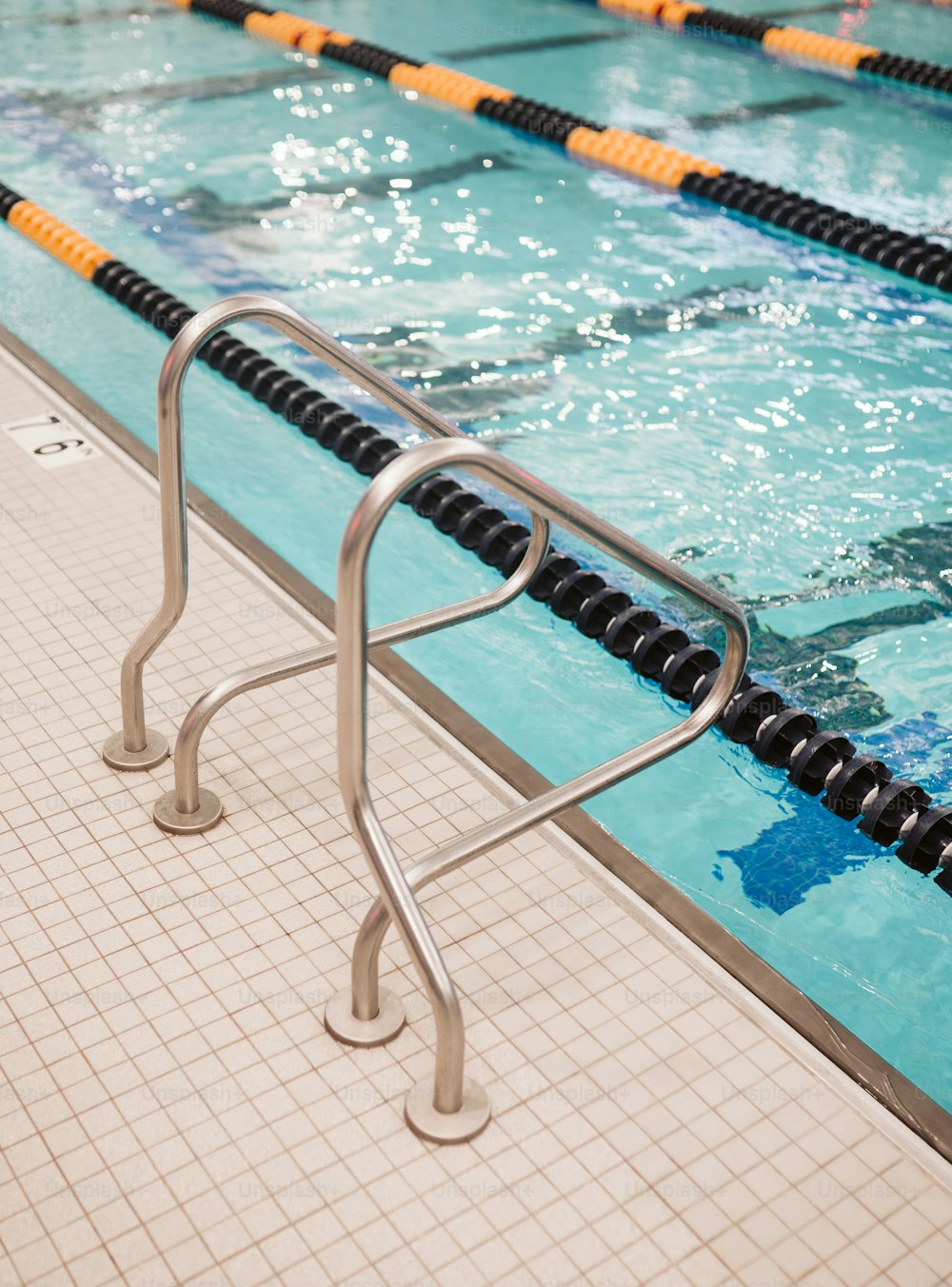Reactions of Halogens
The Reaction of Halogens with Alkali Metals
- The halogens react with Group 1 metals (the alkali metals) to form ionic compounds which are metal halide salts
- Some of these reactions are:
- Lithium reacts with bromine to form sodium bromide:
lithium + bromide → lithium bromide
2Li + Br2 → 2LiBr
-
- Chlorine will react with sodium to form sodium chloride:
sodium + chlorine → sodium chloride
2Na + Cl2 → 2NaCl
-
- Potassium reacts with iodine to form potassium iodide
potassium + iodine → potassium iodide
2K + I2 → 2KI
- The word and symbol equations all have the same format, you just need to change the name or the symbol in each case.
- All of the reactions between lithium and halogens produce a crimson flame
- All of the reactions between sodium and halogens produce an orange flame
- All of the reactions between potassium and halogens produce a lilac flame
- The reactions must be carried out in a fume cupboard due to the toxic nature of the halogens
- The halogens decrease in reactivity moving down the group so the reactions become less vigorous going down the group
The Reaction of Halogens with Iron
- Group 7 elements react with iron to form an iron halide
- For example, chlorine will react with iron to form iron(III) chloride
iron + chlorine → iron(III) chloride
2Fe + 3Cl2 → 2FeCl3
- Each reaction should be carried out in a fume cupboard
- Going down the group, the reaction between the halogen and iron becomes less vigorous
The Reaction of Iron with the Halogens
| Halogen | Reaction with iron wool |
| Fluorine | Cold iron wool burns to produce white iron(III) fluoride |
| Chlorine | Hot iron wool burns vigorously to form an orange-brown solid of iron(III) chloride |
| Bromine | Hot iron wool burns vigorously to form an orange-brown solid of iron(III) bromide |
| Iodine | Hot iron wool reacts slowly with iodine vapour to form a grey solid of iron(III) iodide |
Worked example
Make sure you can write the word and symbol equations for each reaction.


